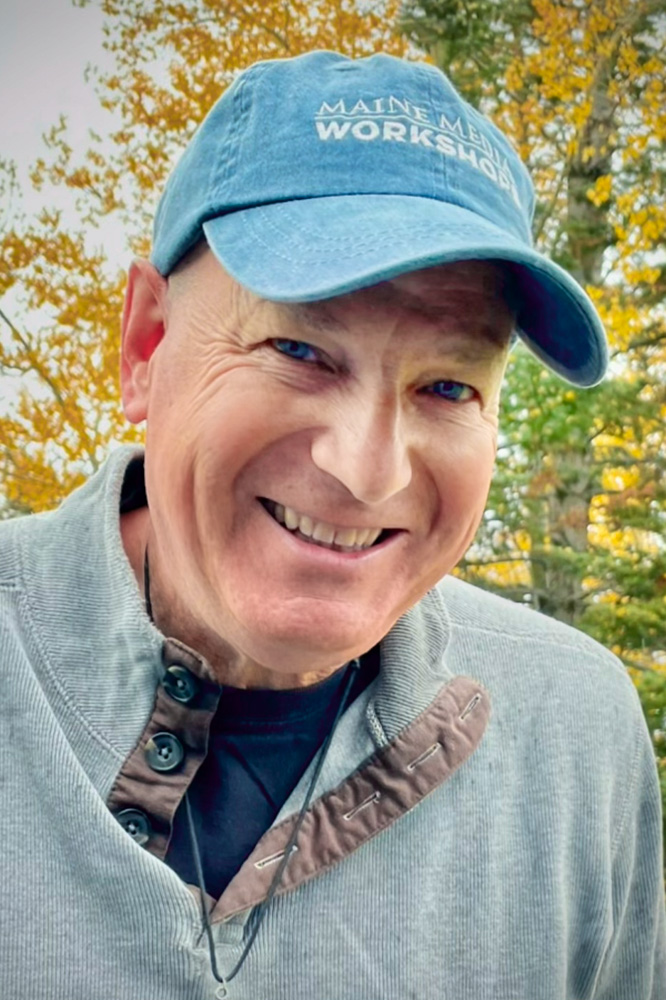The Photoshop Inquisition
The Photoshop inquisition is based on a myth. The myth that the camera never lies. Nothing could be further from the truth. In fact, I’d go as far as to say there’s no such thing as an unmanipulated photograph. My friend Dan Burkholder put it beautifully. He said, “It’s not called reality. It’s called photography.” There is no hard line between art photography, photojournalism, scientific photography, or any other genre. It’s a spectrum.
Should the photograph that NASA released this past January that stitched together four-hundred-and-eleven separate files into a single image be invalidated because it wasn’t a single capture? Are the Hubble’s false-spectrum astrophotographs “lies” because they require the overlaying of multiple images? One of photography’s aliases is “the lie that tells the truth.” This seems to me, a much more reliable place to stand when we survey our beliefs about what photography is and is not. It recognizes that intention and point of view are woven into every photograph.
I don’t want to get into the “how many angels can dance on the head of a pin” debate about how much retouching is okay. You should also know that my respect for those photographers who make a living trying to tell accurate stories about the world knows no bounds. That said, I think those who believe photography is a truth-telling medium as a default are no different than any other kind of fundamentalists, hell-bent on imposing their narrow view on the rest of the world. They assume not only that there is Right and Wrong, but also that they’re the ones who know the difference on behalf of all of us. There’s a real witch-hunt aspect to the World Press Photo competition disqualifications.
We are storytellers. Not recording devices. The underlying assumption that all photographs are objective by default, and that unscrupulous individuals force subjectivity onto them is cultural imperialism of the worst kind. Whether shadows contain detail or not is a photographic decision that can only the photographer can make. Images can only be cropped so much? Really? So, are there lenses that are too wide, or too long? The complete lack of recognition of the inherently subjective nature of journalism (and something so basic to photography as exposure) is absolutely ridiculous. Every story, and every photograph is an interpretation.
If someone intends to lie about something for their own gain, that’s one thing. But subjectivity is not bad. Interpreting what we see, making sense of the world, is an inherent part of being human. Democritus said “Nothing exists except atoms and empty space, everything else is opinion.” Every photograph is an opinion, and it’s up to the person making the photograph to decide what their opinion is.
Copyright © Jean Miele. February 20, 2015. All Rights Reserved.












Estrin and his views remind of the movie “Lawrence of Arabia”. Through the first half of the movie the character played by Omar Sharif, keeps telling Peter O’Toole that the things he wants to do cannot be done, they’re an impossibility, because, “Everything is written.” Finally, O’Toole fueled by the prospect of trying, engaging something new, responds, “Nothing is written.”